Cherry variety Chernokorka
Chernokorka is a local Ukrainian variety of cherries of national selection with fruits of medium ripening. Since 1974 it has been zoned in many regions of Ukraine: Vinnitsa, Lugansk, Dnepropetrovsk, Donetsk, Zaporozhye, Kirovograd, Odessa. It also became widespread in the North Caucasus region of Russia (Rostov Region, Krasnodar Territory).
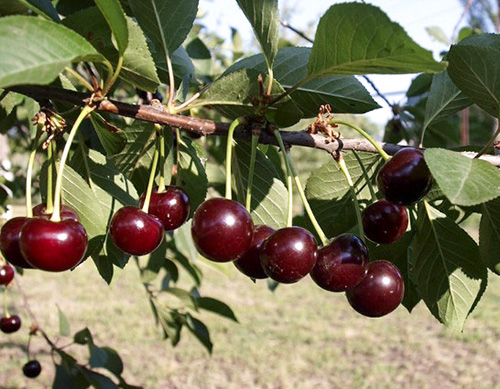
Trees are bush-like, medium-sized, with a drooping, flat-round crown.
Berries are large in size (weighing 4 - 4.5 grams), flat-round. The skin is thin, shiny, maroon (almost black), with subcutaneous punctures. The juice is colored deep red. The stalks are long, firmly attached to the fruit. The separation of the berries from the stalk is wet. The seeds are small (they occupy no more than 7% of the fruit mass), they separate well from the pulp.
The pulp is dense, burgundy in color, juicy, with a good sweet taste (almost no sourness is felt). Tasting score - 4.0 - 4.2 points. By chemical composition, the fruits contain: dry substances (12.0 - 16.1%), the sum of sugars (9.0 - 10.6%), acids (2.1%), ascorbic acid (7.6 - 17, 52 mg / 100 g fr wt). The variety is universal in use: it is used fresh, well suited for freezing and processing (juices, jams, preserves, dessert dishes).
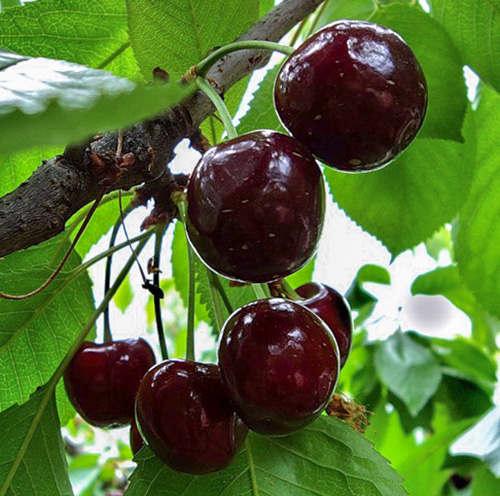
The degree of early maturity of Chernokork cherry is low: fruiting begins in the 4th - 5th year from the moment the trees are planted in the garden.
Fruits reach removable maturity in the second half of June - early July. Ripe berries do not crumble. The variety is considered to be high yielding. An average of 30 kg of berries are harvested from one tree. The maximum productivity under good growing conditions reaches 60 kg / der. As a rule, with age, the maximum yield of trees decreases slightly. Frequency in fruiting is also noted.
Flowering takes place in medium terms. This cherry is self-fertile. Cherry is among the best pollinators of Chernokorka Lyubskaya and numerous varieties of cherries (Aelita, Donchanka, Yaroslavna, Annushka, Early pink, Lesya, Donskaya beauty, Drogana yellow). Medium pollinators - Ostgeimsky Griot cherry and Sestrenka cherries, Valery Chkalov, Melitopol early. Cherry varieties such as Podbelskaya and Shpanka early, as well as June early cherry, are not suitable as pollinators.

In the conditions of the southern part of Ukraine, the variety is highly winter-hardy and drought-resistant. Concerning diseases: susceptibility to coccomycosis noted. Trees suffer especially strongly in epiphytotic years: the maximum degree of susceptibility is 4 points, while the yield is noticeably reduced and foliage falls off early, by August.
Among the main advantages of Chernokork cherry are: large berries with good taste, high yield, relatively high winter hardiness, drought resistance.
Significant disadvantages include self-infertility and susceptibility to fungal diseases.
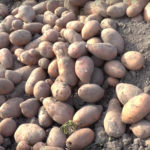

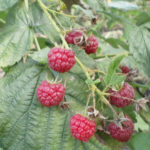
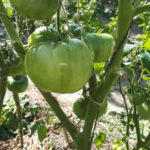
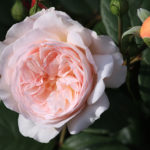
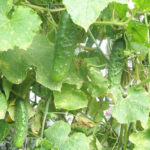



We have 2 trees of this variety. The trees are neat, low. We do not carry out any special crown formation. In early spring we inspect, if small branches clearly interfere, grow inside the tree, then remove them. The fruits are tasty, aromatic, sweet with sourness, very large, maroon color. The harvest is always good. We eat cherries both fresh and canned. Compotes and jam from them have a tart cherry aroma and retain their taste.But most of all I like to freeze these pitted cherries and cook jelly from them in winter or use them as a filling for pies. For dumplings, they are, in my opinion, large.
It grows at our dacha Chernokork. The juice from it is excellent and the yield is large in volume. Seven liters of juice comes out of a bucket of cherries (10 liters). Can also be dried for the winter for pies. It is not susceptible to diseases, sometimes there was a weevil, but starlings (shpaki) significantly reduce the yield.